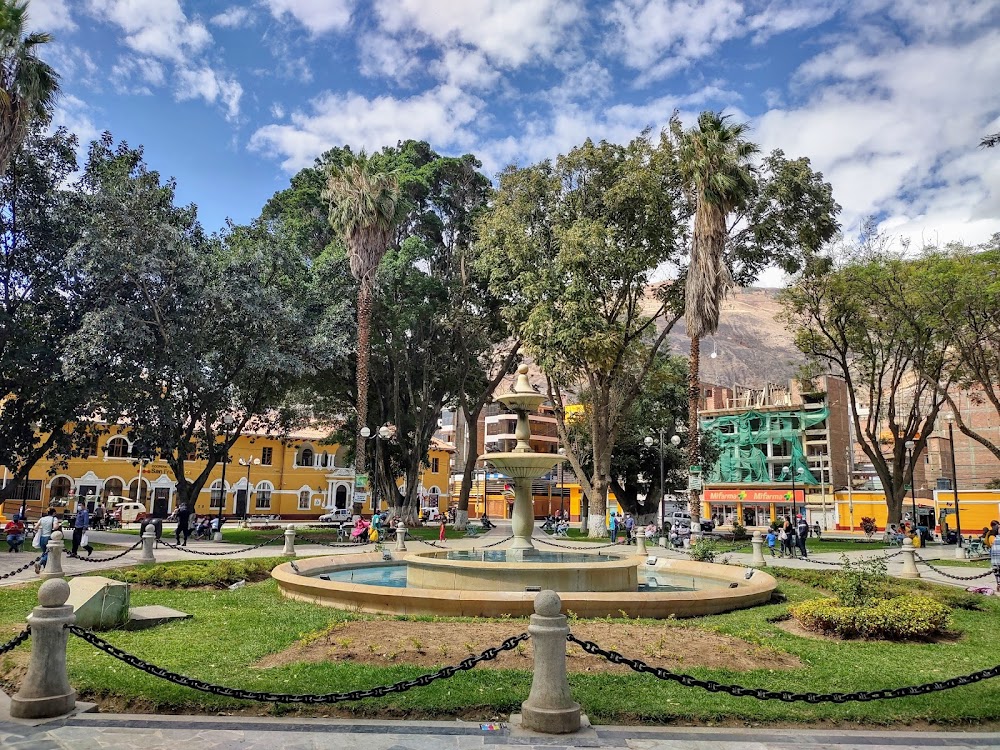Killarumiyoq (Killarumiyoq)
Overview
Killarumiyoq, which translates to "the place with the moon rock" in Quechua, is a captivating archaeological site nestled in the Huánuco region of Peru. This fascinating location invites visitors to explore the intricate connection between the Inca civilization and their celestial beliefs.
The Moon Rock
At the heart of Killarumiyoq lies a massive boulder featuring a meticulously carved half-moon shape. This striking formation signifies that the site was a focal point for lunar worship, reflecting the importance of the moon in the Inca pantheon. The moon was revered as a key deity associated with fertility, agriculture, and the cycles of life, highlighting its central role in Inca spirituality.
Inca Engineering Mastery
The construction of Killarumiyoq showcases the advanced engineering skills of the Inca civilization. The Incas expertly selected a natural rock formation and transformed it into the celebrated moon-shaped feature. Using stone tools like hammerstones and chisels made from harder materials, skilled artisans painstakingly carved the boulder, demonstrating remarkable precision and dedication.
Terraces and Sustainable Agriculture
Beyond the moon rock, Killarumiyoq features an intricate network of terraces, canals, and agricultural platforms. These innovations were designed to meet the food needs of the local population, showcasing the Incas' expertise in sustainable agriculture. The terraces not only provided essential farming space but also played a crucial role in preventing soil erosion and managing water distribution.
Complex Irrigation Systems
Water management was vital to the functionality of Killarumiyoq. The Incas engineered a sophisticated irrigation system that sourced water from nearby mountain streams, channeling it through stone-lined canals to nourish both crops and the ceremonial center. This remarkable feat highlights the Incas' ability to harmonize their architectural achievements with the natural environment.
Astronomical Alignments
Another intriguing aspect of Killarumiyoq is its alignment with astronomical events. The Inca civilization possessed a deep understanding of astronomy, and the site's features were strategically designed to mark significant lunar cycles and solstices. By observing the shadows cast by the moon rock and surrounding structures, the Incas could accurately track time and align their agricultural practices with the changing seasons.
Spiritual Significance
The site also boasts several smaller carved stones and niches, which may have been used for offerings or rituals. These elements emphasize Killarumiyoq's spiritual importance, suggesting that it served not only as an agricultural hub but also as a sacred space for ceremonies integral to Inca society.
A Unique Cultural Insight
While the craftsmanship at Killarumiyoq reflects the broader achievements of Inca engineering, its focus on lunar worship and agricultural integration distinctly sets it apart. The meticulous planning and execution required to construct such a site reveal much about the social organization, technological prowess, and cosmological beliefs of the Inca civilization.
Over the years, the jungle began to reclaim Killarumiyoq, leaving it relatively undiscovered until modern archaeological efforts brought it to light. Today, this remarkable site stands as a testament to the Incas' architectural ingenuity and their profound connection to both nature and the cosmos. Unlike some of the more renowned Incan sites, Killarumiyoq offers a quieter yet equally enriching glimpse into the rich tapestry of Inca culture and their reverence for the moon.







